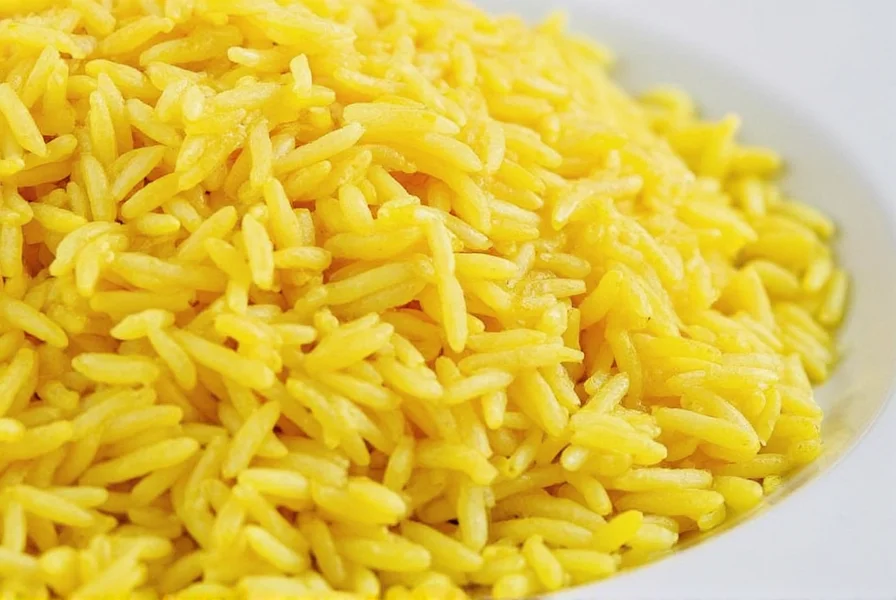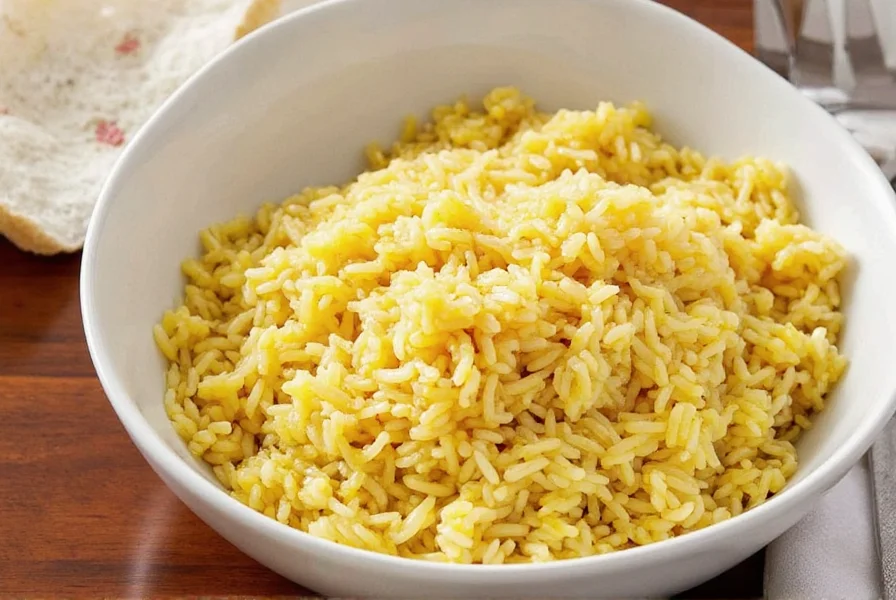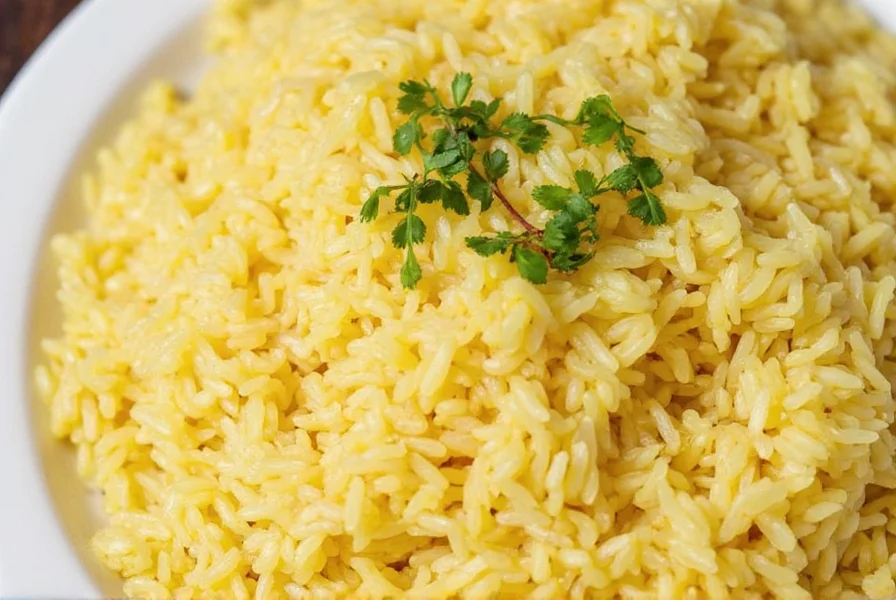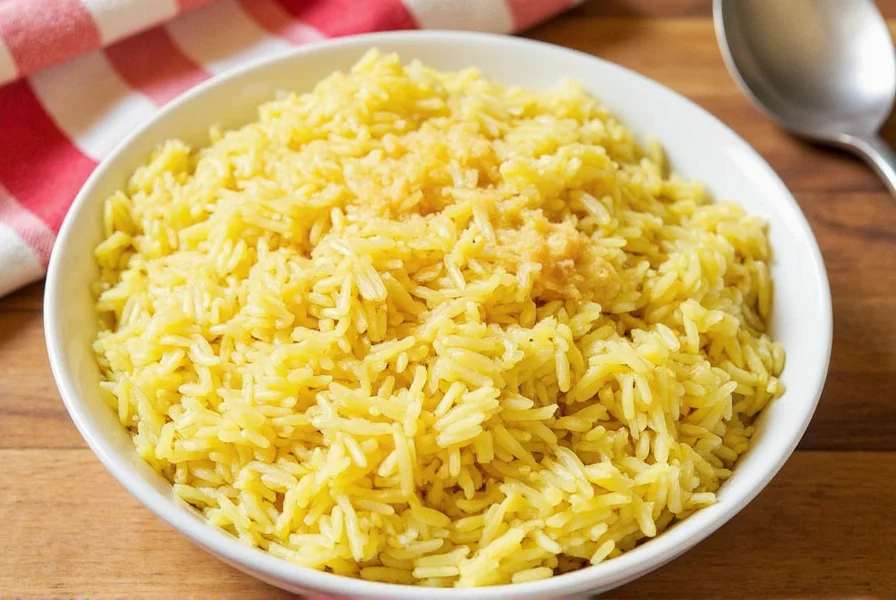How to properly store and reheat saffron basmati rice to maintain its vibrant color, delicate aroma, and perfect texture. This comprehensive guide covers food safety guidelines, professional storage techniques, and expert reheating methods to keep your saffron rice fresh for days.

Table of Contents
- Critical Food Safety Guidelines
- Proper Storage Techniques for Maximum Freshness
- Best Containers for Saffron Rice Storage
- Freezing Saffron Rice for Long-Term Preservation
- Optimal Reheating Methods to Preserve Flavor
- Ingredient Selection Guide
- Perfect Cooking Techniques for Saffron Rice
- Serving Suggestions
- Frequently Asked Questions
Critical Food Safety Guidelines
When storing cooked rice, food safety is paramount. The CDC warns that cooked rice left at room temperature for more than two hours can develop dangerous bacteria like Bacillus cereus, which causes food poisoning. Always follow these critical guidelines:
- Cool cooked rice within 1 hour of cooking
- Refrigerate within 2 hours of cooking (1 hour if room temperature is above 90°F/32°C)
- Never leave cooked rice at room temperature for extended periods
- Store in shallow containers no deeper than 2 inches for rapid cooling
Proper Storage Techniques for Maximum Freshness
Proper storage is essential for maintaining saffron basmati rice's signature golden color and delicate aroma. Follow these expert techniques:
- Let rice cool completely before storing to prevent steam buildup
- Store in airtight containers to prevent moisture loss and odor absorption
- Keep away from strong-smelling foods like onions or spices
- Store in the coldest part of the refrigerator (typically the back)
- Use within 3-4 days for optimal flavor and texture
Best Containers for Saffron Rice Storage
Choosing the right container makes all the difference in preserving saffron rice quality. Here's what to look for:
| Container Type | Pros | Cons | Best For |
|---|---|---|---|
| Glass with silicone seal | Non-porous, odor-resistant, microwave-safe | Heavier, can break | Long-term refrigeration |
| BPA-free plastic | Lightweight, affordable, stackable | May absorb odors over time | Short-term storage |
| Vacuum-sealed bags | Prevents freezer burn, space-saving | Single-use, requires vacuum sealer | Freezing for extended periods |
| Stainless steel | Durable, odor-resistant, eco-friendly | Not microwave-safe | Professional kitchens |
Pro Tip: Place a piece of parchment paper between the rice and container lid to absorb excess moisture and prevent condensation.
Freezing Saffron Rice for Long-Term Preservation
Freezing is the best way to preserve saffron basmati rice for up to 3 months while maintaining quality. Follow these steps:
- Spread cooled rice in a single layer on a baking sheet and freeze for 1-2 hours
- Transfer frozen rice to vacuum-sealed bags or airtight containers
- Label with date and portion size
- Store in the coldest part of the freezer
- Thaw in refrigerator overnight or reheat directly from frozen

Optimal Reheating Methods to Preserve Flavor
Reheating saffron rice properly prevents it from becoming dry or rubbery. Here are the best methods:
| Method | Steps | Time | Best For |
|---|---|---|---|
| Stovetop | Add 1-2 tbsp water or broth to saucepan with rice. Cover and heat on low, stirring occasionally. | 5-7 minutes | Best texture retention |
| Steaming | Place rice in steamer basket over simmering water. Cover and steam for 5 minutes. | 5 minutes | Restoring moisture and fluffiness |
| Microwave | Add 1 tsp water per cup of rice. Cover with microwave-safe lid or damp paper towel. Heat in 30-second intervals. | 1-2 minutes | Quick reheating |
| Oven | Spread rice in oven-safe dish, add 2 tbsp water, cover with foil. Bake at 300°F (150°C) for 15-20 minutes. | 15-20 minutes | Large quantities |
Ingredient Selection Guide
High-quality ingredients make all the difference in saffron basmati rice. Here's what to look for:
| Ingredient | Quality Indicators | Best Sources | Storage Tips |
|---|---|---|---|
| Basmati Rice | Long, slender grains; aromatic fragrance; aged for at least 1 year | Tilda, Daawat, Royal | Store in cool, dark place in airtight container |
| Saffron Threads | Deep red color; strong floral aroma; no yellow stamens | Kashmiri, Persian, Spanish La Mancha | Store in dark glass container away from light and moisture |
| Water | Filtered water for best flavor | Any clean source | N/A |
Perfect Cooking Techniques for Saffron Rice
Follow these steps for perfectly cooked saffron basmati rice every time:
- Rinse rice thoroughly until water runs clear to remove excess starch
- Soak rice in cold water for 30 minutes to help grains cook evenly
- Toast rice in a dry pan for 2-3 minutes to enhance nutty flavor
- Bloom saffron in 2 tbsp warm milk or water for 15 minutes
- Use a 1:1.5 rice-to-water ratio for perfect texture
- Bring to boil, then reduce to simmer with lid on for 15-18 minutes
- Remove from heat and let rest for 10 minutes before fluffing

Serving Suggestions
Saffron basmati rice pairs beautifully with many dishes:
- Grilled Meats: Perfect with lamb chops, tandoori chicken, or kebabs
- Seafood: Excellent with shrimp curry or grilled fish
- Vegetarian: Top with roasted vegetables, lentils, or chickpeas
- Special Occasions: Serve as a base for biryani or as a side for festive meals
Frequently Asked Questions
Conclusion: Mastering Saffron Basmati Rice Storage and Usage
By following these professional storage and reheating techniques, you can enjoy perfectly preserved saffron basmati rice for days after cooking. Remember: food safety is paramount with rice storage, and proper techniques ensure both safety and quality. Whether you're meal prepping for the week or saving leftovers for a quick dinner, these methods will help you maintain the delicate aroma, vibrant color, and perfect texture that makes saffron basmati rice so special.











 浙公网安备
33010002000092号
浙公网安备
33010002000092号 浙B2-20120091-4
浙B2-20120091-4